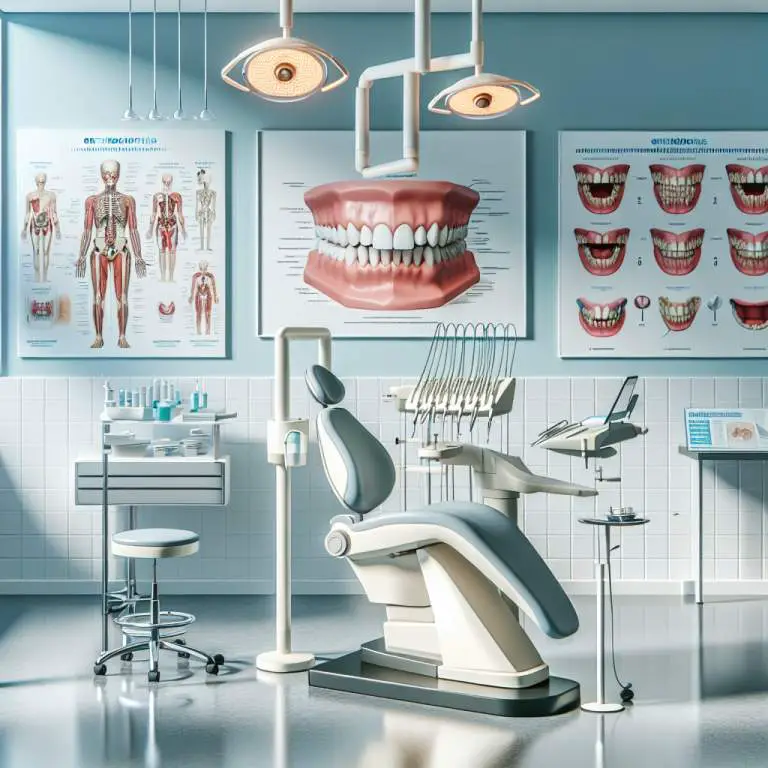How to measure progress in mewing?
To measure progress in mewing, start by taking clear photos of your profile and face from the front every month. Pay attention to changes in jawline definition, cheekbone prominence, and overall facial symmetry. Additionally, note any improvements in breathing or bite alignment. Keeping a journal of these observations can help track your mewing journey effectively.

How does one correctly practice mewing for optimal results?
To practice mewing the right way, it’s important to understand what it involves. Mewing is a technique that focuses on the position of your tongue against the roof of your mouth. The idea is to keep your tongue completely flat against the top of your mouth, just behind your front teeth, without touching them.
Start by making sure your lips are together and your teeth slightly apart. Then, push the entire surface of your tongue against the roof of your mouth. Remember, it’s not just the tip but the whole tongue that needs to be in contact with the roof. This might feel strange at first, but with practice, it becomes easier.
What are the key indicators of progress when practicing mewing?
When you’re practicing mewing, there are a few signs that show you’re on the right track. One major indicator is improved breathing through your nose. Since mewing encourages proper tongue posture, it can help open up airways making nasal breathing easier and more natural.
Another sign of progress is changes in facial structure. Over time, consistent mewing can lead to a more defined jawline and cheekbones. However, these changes happen gradually and require patience and persistence with the technique.
Which tools or methods are most effective for measuring changes due to mewing?
To measure changes from mewing effectively, taking regular photos from different angles can be very helpful. By comparing these photos over time, you can visually see any alterations in facial structure or jawline definition. It’s like creating a visual diary of your progress.
Another method is using soft measuring tape to track changes in facial dimensions. For example, measuring the distance between certain points on your face at regular intervals can provide quantitative data on how mewing may be reshaping your facial features.
Can progress in mewing be visually documented, and if so, how?
Yes, documenting progress in mewing visually is not only possible but also encouraged. Taking selfies or having someone take pictures of you from various angles (frontal, profile) under similar lighting conditions every month can offer clear evidence of any changes occurring as a result of consistent practice.
In addition to photographs, keeping a video log can also be beneficial. Recording short videos talking about your experience and showing off any noticeable improvements provides another dimension to tracking progress. This visual documentation serves as motivation and proof that patience and consistency with mewing pay off.
| Method | Description | Frequency |
|---|---|---|
| Photographic Documentation | Take frontal and profile photos of your face to visually document changes. | Monthly |
| Mirror Assessment | Use a mirror to observe the alignment of your teeth, jawline, and overall facial symmetry. | Daily |
| Jaw Measurement | Measure the width and length of your jaw with a ruler or caliper for quantitative data. | Bi-monthly |
| Bite Impression Kit | Create dental impressions at home to track changes in bite alignment and teeth positioning. | Every 6 months |
| Vocal Recording | Record your voice to notice any changes in resonance, clarity, or tone as a result of mewing. | Monthly |
| Sleep Quality Journal | Note any improvements in sleep quality or breathing patterns during sleep. | Daily (Note) |
| Facial Contour Gauge | Use a contour gauge tool to capture the silhouette of your face profile for comparison over time. | Quarterly |
How long does it typically take to see noticeable results from mewing?
Seeing results from mewing can vary greatly from person to person. For some, changes might be noticeable within a few months. Others might need to practice mewing for a year or more before seeing any significant improvements. The key is patience and persistence.
The time it takes to see results also depends on how often and correctly one practices mewing. Following the proper technique consistently is crucial for achieving the desired outcomes. Remember, mewing is not an overnight solution but rather a long-term commitment.
Are there any common mistakes that can hinder progress in mewing?
One common mistake is not applying the correct tongue posture. Many people think they are mewing correctly when their tongue is not fully engaged with the roof of their mouth. This incorrect posture can lead to minimal or no results.
Another mistake is inconsistency. Practicing mewing off and on will likely delay or diminish its effectiveness. It’s important to integrate mewing into your daily routine and stick with it for the best chances of success.
What role does consistency play in achieving success with mewing?
Consistency is perhaps the most critical factor in successfully reshaping your jawline through mewing. Regularly maintaining correct tongue posture ensures that the muscles adapt over time, leading to visible changes.
Failing to practice consistently means your muscles won’t have the continuous pressure needed to initiate change. Think of it like exercising; you wouldn’t expect results if you only worked out once a month. The same principle applies to mewing.
Final Thoughts
Mewing requires patience, correct practice, and above all, consistency. While the timeline for seeing results can vary widely among individuals, staying committed to proper technique and regular practice will maximize your chances of success.
Avoiding common pitfalls such as incorrect tongue posture and inconsistency will also help ensure that your efforts are not in vain. Remember, transforming your facial structure with mewing is a marathon, not a sprint—commitment over time is key.







